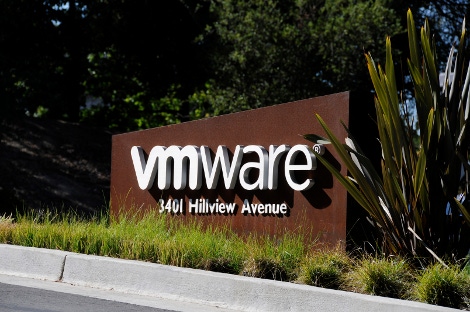The Doyle Report: New Rules for ComputingThe Doyle Report: New Rules for Computing
Functionality, ease of use, and time to market are IT pros' new priorities
February 13, 2017


By The VAR Guy
Depending on how you count, we are either in the third wave of technology transformation, the fourth or even the fifth.
The designations don’t matter as much as the impact. Ross Brown, senior vice president of worldwide partners and alliances at VMware, simply calls the current era the “new wave” of computing. It is having profound impacts on the channel and beyond. Take software development.
If something is ready available in the cloud, why not leverage it? Many technology buyers don’t need or want ownership of basic capabilities. They simply want to move swiftly ahead with their digital objectives.
“This shift in philosophy is foundational,” says Brown. This is because the thinking now disconnects physical infrastructure from applications delivery, which, though admittedly wonky, is a big deal to CIOs and the partners that support them. For most of their careers, these IT professionals have prioritized things such as infrastructure, security, redundancy, etc. Now? Competitive pressures have them thinking more about functionality, ease-of-use and time-to-market.
For partners who used to think in terms of resource optimization, five-nines reliability or bullet-proof security, this change in priorities is a radical shift. Speaking recently in San Jose at a tech event for channel leaders, Brown identified what he believes are the “new rules” of computing for 2017. They include the following.
The SaaS experience has become the norm. The notion of “always on, just works and comes with 24x7 remote support” functionality has become the new corporate standard. No matter where they are developed, how they are deployed or even paid for, customers want the access and performance of business apps to work like Box or Office 365.
The idea of a “single, integrated stack” has taken hold. Customers want one model for security, storage, network topology and more. While this has led to a fight among the leading stack developers (think the Cloud Foundation, Microsoft Azure, OpenStack, etc.) it has given hope to CIOs everywhere that they can shift more of their spending to app development and deployment from systems integration. Partners who believe that customers will value the stacks they cobble together from piece parts will fall behind.
The abstraction of hardware has led to the separation of hardware configuration and management from software capabilities. “The move from ‘I design with hardware in mind’ to ‘I design with abstraction in mind’ is really key,” says Brown.
Software-as-appliances are in decline. Former “software-as-appliance vendors” are now delivering intellectual property (IP) as virtual machines (VMs) in stacks, including firewalls, IPS, WAN gateways and more.
Customers now worry about cloud lock-in on various code bases.
These new realities have left many solution providers in a quandary, especially those that sell networking and storage solutions but do not touch applications. How can they stay relevant when the bulk of spending is going to line-of-business managers who are interested in business outcomes and not systems integration? It’s a pressing question for thousands of channel companies.
So what does it all mean? Several things. For one, “your mess for less” outsourcing will suffer. IP assets sold as virtual services will grow increasingly more attractive than IT value delivered by physical labor.
In addition, Brown predicts, single-layer solution partners and VARs, no matter how large and capable, will face headwinds. The CIOs they sell to are growing weary of serving as project management offices (PMOs) that take orders from line-of-business executives and then break down these requests into discrete tasks doled out to third party contractors and in-house staffers. “The normal model of enlisting a VAR or MSP to do a discrete task around a layer of IT is under direct attack,” Brown says.
In the meantime, ISV and applications-specific IP will become a sustainable differentiator for many partners who change their business models.
Finally, appliances will go virtual and be designed by IP owners, not integrated by CIOs using the “PMO” approach.
When will all this happen? Brown says the channel can expect big changes from vendors in the next 24-36 months, which will lead to widespread customer shifts over the next five years and more.
“I’m teased internally that I’m always looking ahead three years out in a company that looks at things 90 days out,” jokes Brown. “But that’s the role of a good channel chief.”
This article originally appeared on The VAR Guy.
About the Author
You May Also Like







